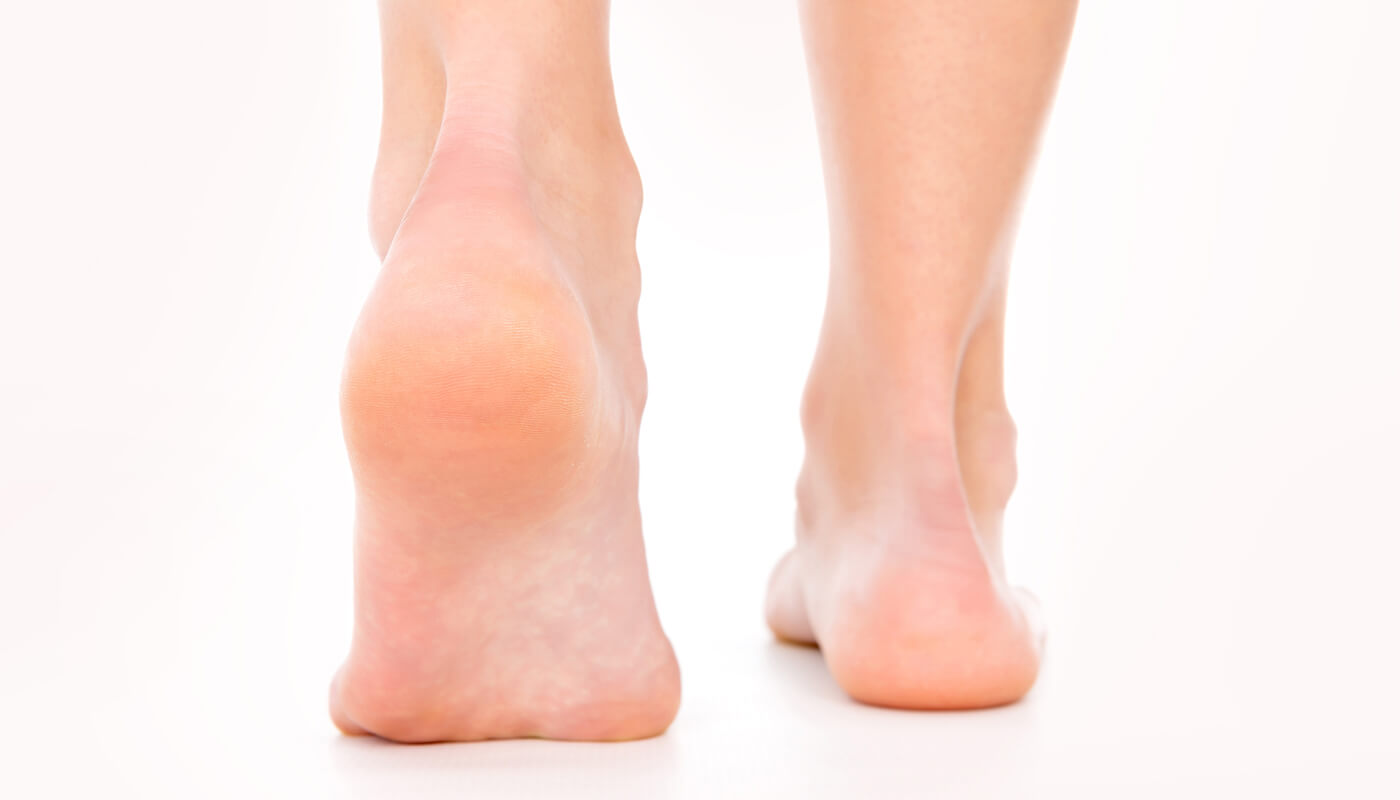The Achilles tendon on your heel gets its name from Greek mythology. When Thetis dipped her son Achilles in the river Styx, Achilles became invincible, except for his heel, which was covered by her hand and never touched the water. This vulnerability led to his demise, a small wound caused by an arrow to his heel killed Achilles.
In the same way, injuries to the Achilles tendon can end the careers of professional athletes. We often hear about superstar athletes like Koby Bryant, David Beckham and Tiger Woods, all of whom have suffered from some form of Achilles tendon injury known as tendinopathies.
But did you know that some athletes are genetically more prone to tendon injuries than others? Indeed, inheriting a defective version of just one gene, COL5A1, has a lot to do with staying injury free.
The Achilles tendon
The Achilles tendon, also called the calcaneal tendon, is the biggest and the strongest tendon in the human body. It connects the muscles of our calves to the heel bone.
Proper functionality of the Achilles tendon is not only important for moving our feet at the ankle, but is also necessary for proper posture and balance when standing.
The term “Achilles tendinopathy” refers to damage to this tendon through overuse, causing pain and inflammation. It can lead to a sudden injury, or in the worst case, can cause a complete rupture of the Achilles tendon.
Tendons are made of collagen
Tendons are tough bands of tissue that connect muscles to bone. They provide us the flexibility to do things like running, jumping and climbing stairs. Tendons are made of a protein called collagen, which is the most abundant protein in our bodies.
The COL5A1 gene gives instructions to make one component of type V collagen (collagen V). While collagen V is not as abundant as the other collagen proteins, it is important because it regulates the size and arrangement of these other collagen fibres.
Collagen V acts as the architect for fibre formation, hence its production must be tightly controlled. For example, artificially disrupting the balance between collagen I and V in the lab made the diameter of the tendon much smaller.
This imbalance might also explain why people with one version of the COL5A1 gene called rs12722 are more prone to injuries involving the Achilles tendon. They make more type V collagen, which weakens the Achilles tendon.
Other studies show rs12722 also alters the elasticity of tendons and affects the range of motion in joints. An Achilles tendon that is smaller, inflexible and perhaps weaker, is much more likely to rupture.
Avoiding tendon injuries
Genes happen to be just one of the many factors that contribute to Achilles tendinopathies. It’s pretty clear physical activity is the main factor that elevates the risk of a tendon injury. But, certain inherent aspects like hormones, anatomy and musculature can also contribute to this risk.
You may not be able to change any of these internal factors or your genes. However, you can effectively identify your genetic predisposition with the DNA Fitness Test. Knowing you are prone to injuries can certainly go a long way in terms of personalized prevention, treatment and rehabilitation plans.















